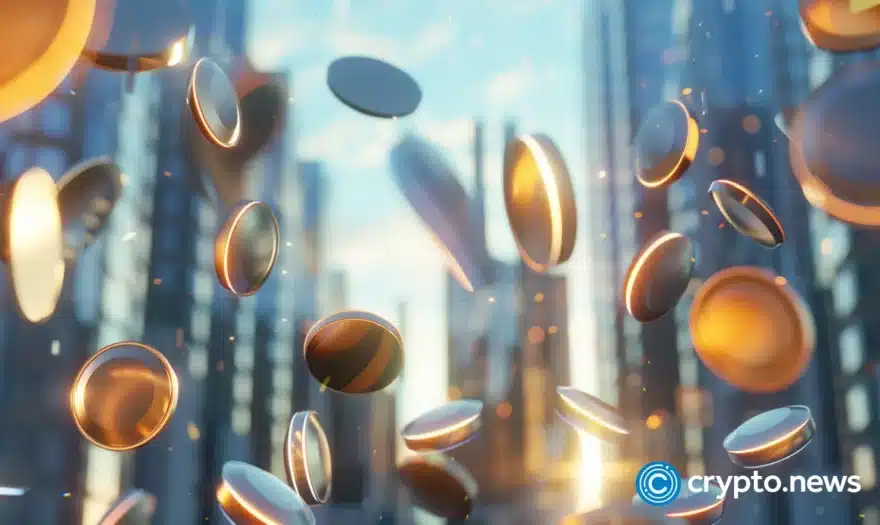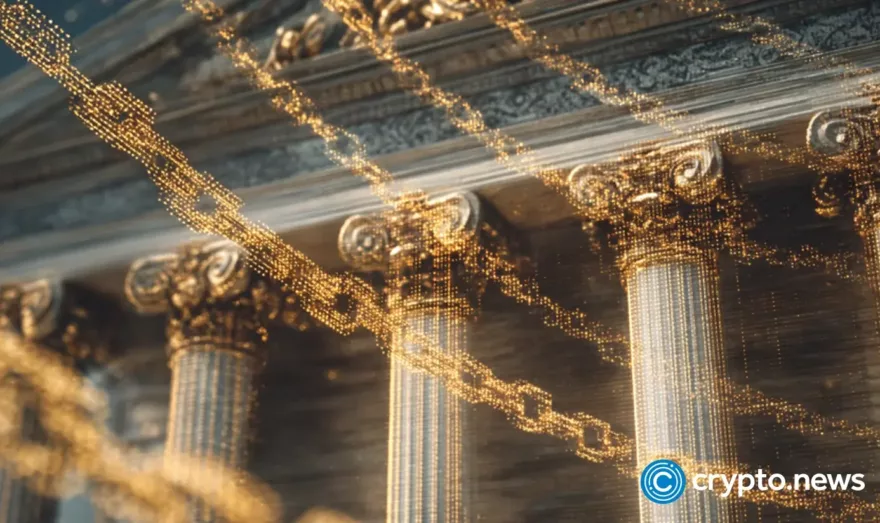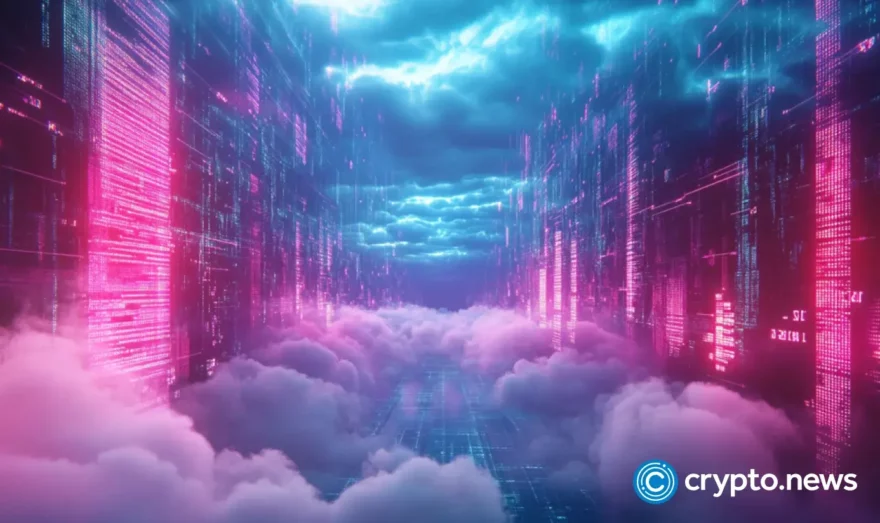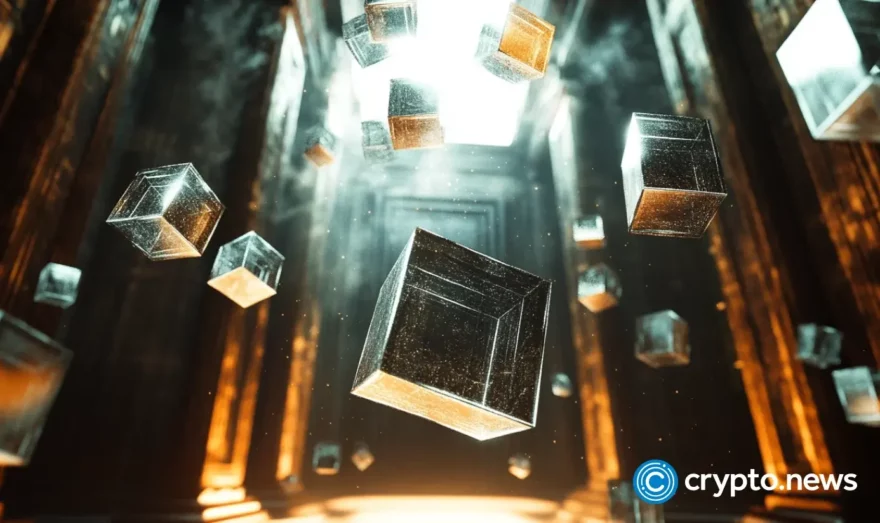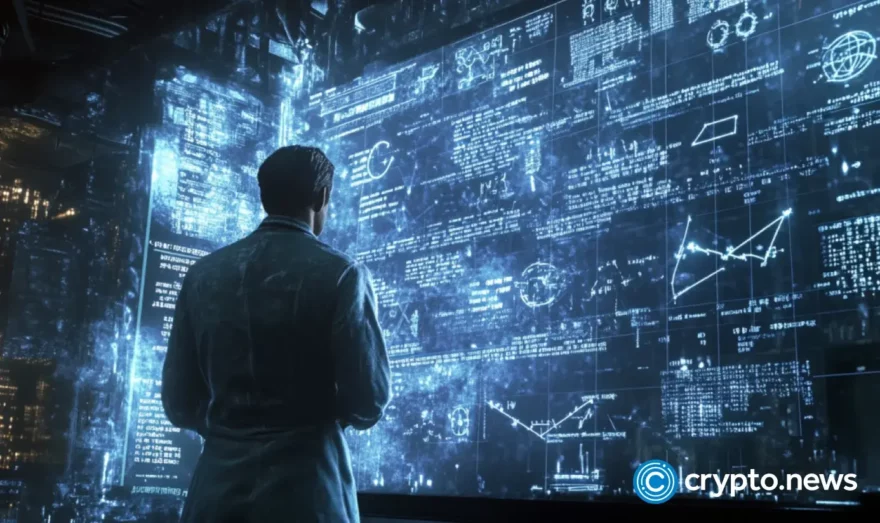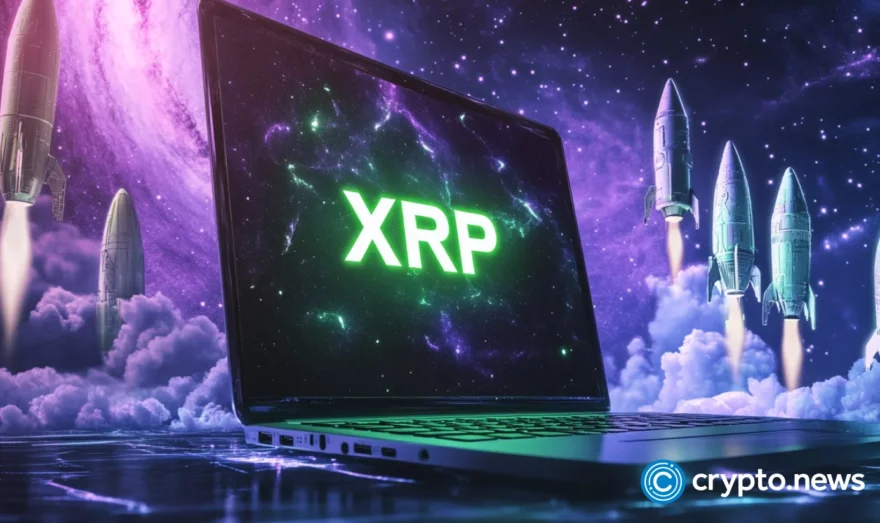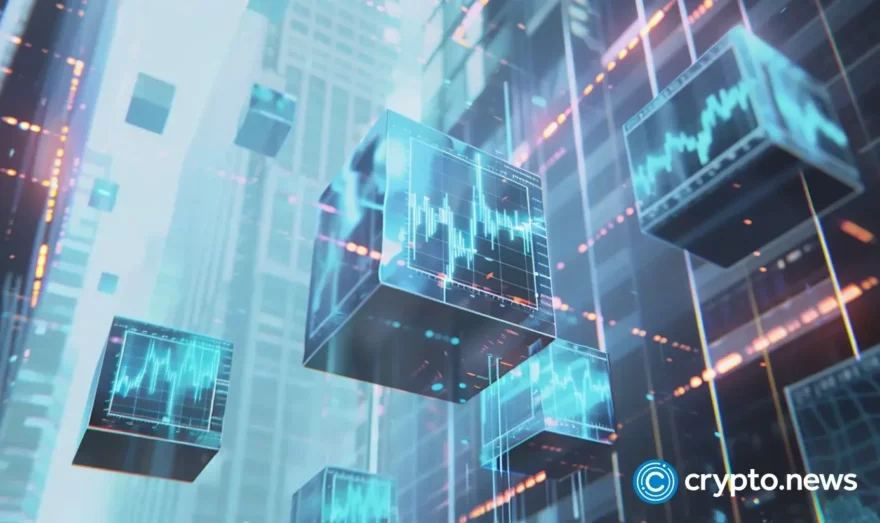YouTube’s brief XRP strike revives ‘crypto purge’ memories
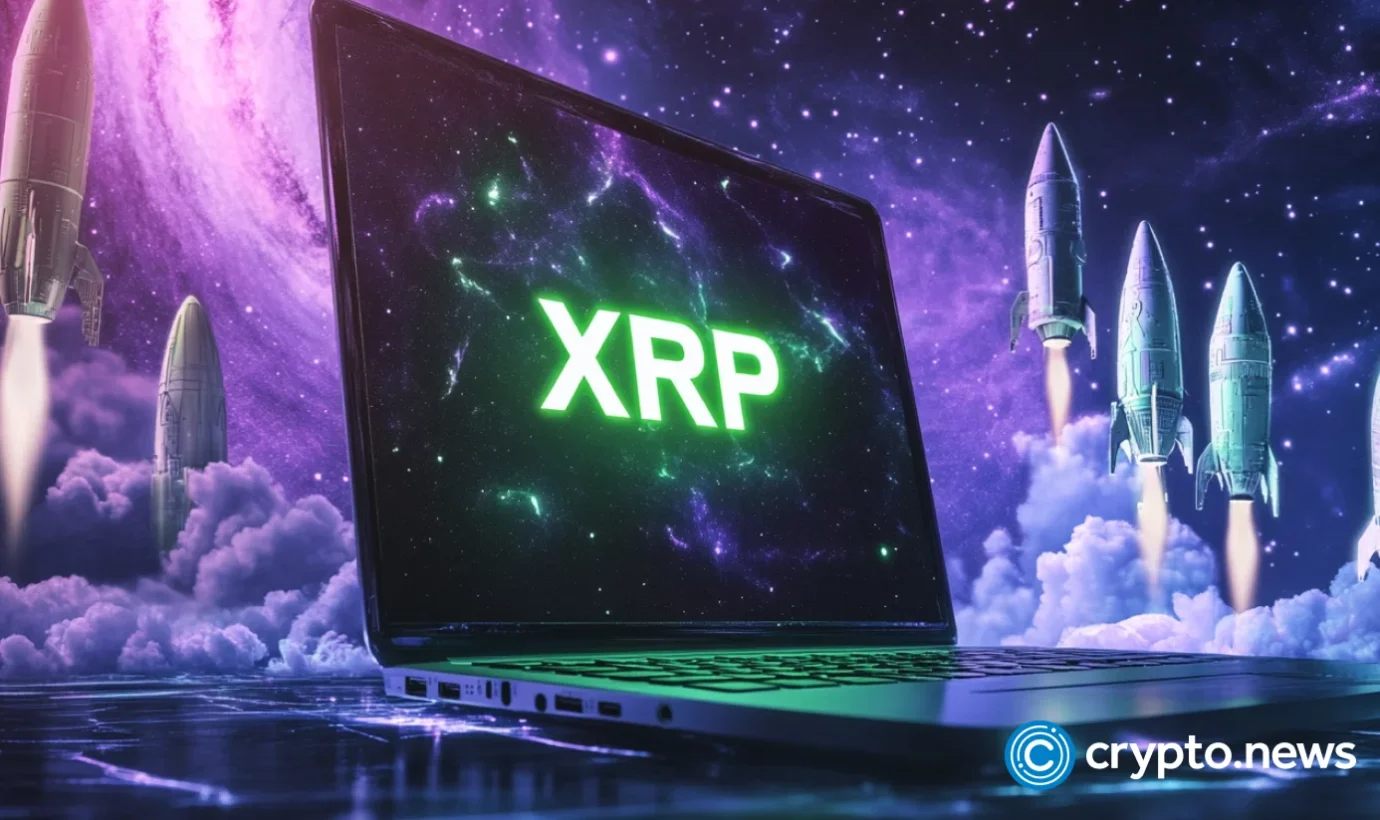
XRP commentator Oscar Ramos’s coverage of a pivotal industry event was temporarily erased by YouTube due to an alleged violation of community standards.
- YouTube briefly suspended XRP creator Oscar Ramos for covering the Ripple Swell event, citing “harmful” content before reversing the strike.
- The move reignited memories of YouTube’s 2019 “crypto purge,” when dozens of digital asset channels were wrongly deleted.
- Critics say the repeat incidents expose a systemic flaw in YouTube’s moderation of crypto content, leaving creators uncertain about platform fairness.
On Nov. 4, Google-owned YouTube abruptly removed a video from Oscar Ramos, a content creator with over 160,000 subscribers, and handed his channel a seven-day suspension. The content in question was his report on the Ripple Swell conference, currently taking place from Nov. 4-5 in New York.
Ramos immediately contested the action on social media platform X, asserting that both the video’s title and thumbnail were compliant and contained no apparent violations of platform rules. He expressed frustration that simply “talking about XRP Ripple Swell News” was classified by YouTube’s systems as “harmful and dangerous.”
Crypto community reacts to YouTube’s XRP strike
The crypto community’s reaction was swift and pointed. Many supporters echoed a sentiment of targeted enforcement, with one commenter noting, “Funny how this seems to only be happening to XRP creators that are providing news to their audience.”
The frustration boiled over into calls for more significant action, including one user who urged Ramos to “File a class action lawsuit against them and sue the data off of them.
Within an hour of his appeal on X, Ramos confirmed that YouTube had reinstated the content and lifted the seven-day suspension, calling the rollercoaster “a heart attack” in a follow-up post. The platform offered no detailed explanation beyond stating that the removed video “does not violate our Community Guidelines.”
While that resolution was welcomed, it offered little reassurance to creators who rely on YouTube as their primary medium. The lack of transparency left many questioning whether crypto coverage, particularly around XRP, was being subjected to different scrutiny than mainstream financial content.
A familiar pattern
This episode is a near-identical replay of a much larger crisis for YouTube’s crypto community. In December 2019, just before the Christmas holiday, the platform initiated a widespread “crypto-purge” that affected at least 35 channels, according to Forbes.
Prominent creators like Chris Dunn and BTC Sessions had their videos disabled, with notifications citing “harmful or dangerous content” and the “sale of regulated goods” as the grounds. The move sparked outrage and speculation, with industry figures like Ran NeuNer calling it a “massive blow to the industry.”
After three days of haphazard enforcement and growing backlash, YouTube finally broke its silence. The company stated the mass removal was an “error” and claimed there had been no policy change regarding cryptocurrency content.
The throughline from the 2019 purge to Ramos’s recent suspension is the lack of transparency and consistency. YouTube’s moderation system continues to treat broad cryptocurrency reporting as a potential policy violation, wielding terms like “dangerous” for content that is financial news.
For creators, each reversal without a meaningful explanation is a Pyrrhic victory. It restores their channel but reinforces their status as second-class citizens on the platform. The question is no longer if another mistaken ban will occur, but when, and which segment of the digital asset community will be deemed “harmful” next.



